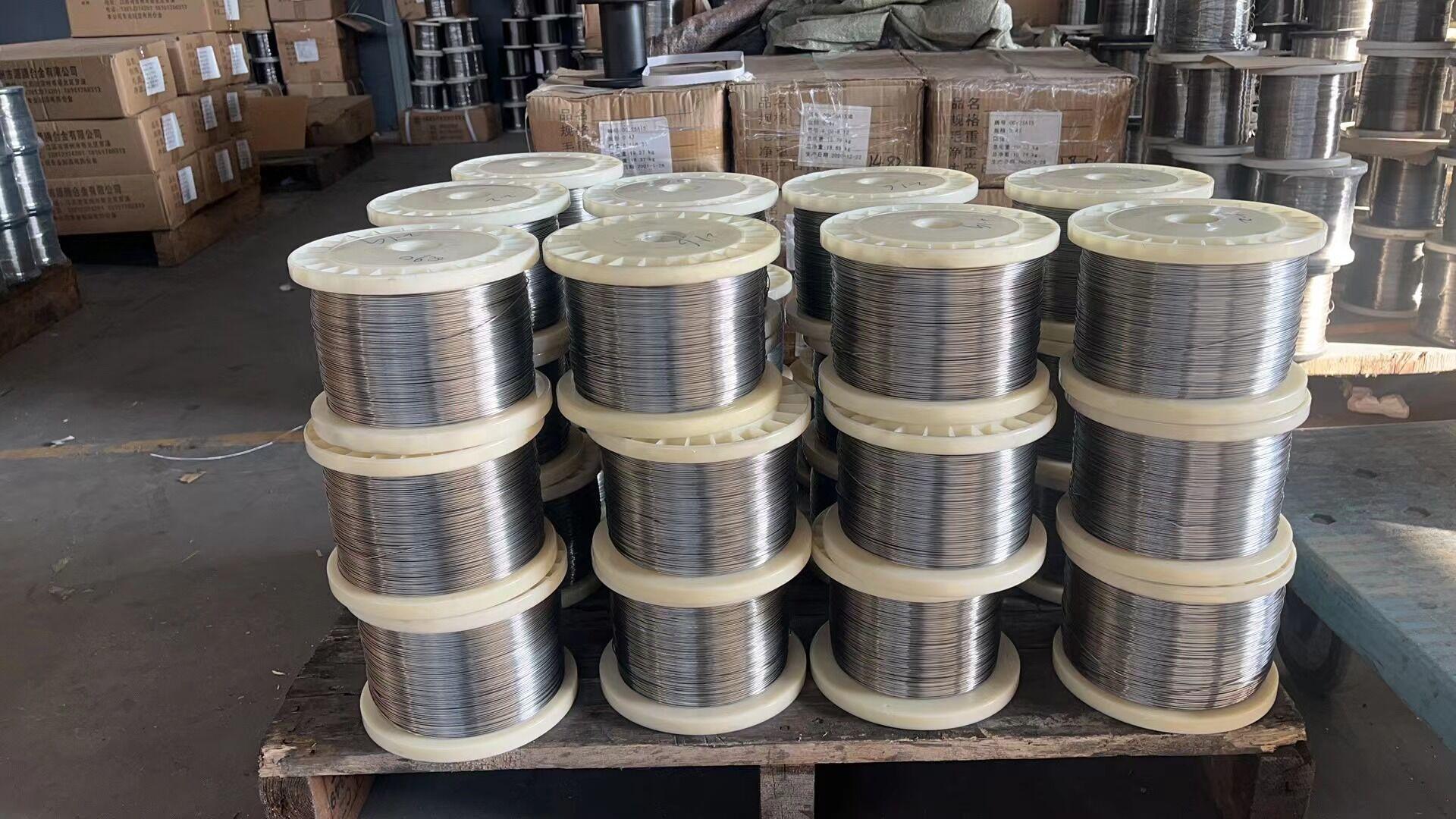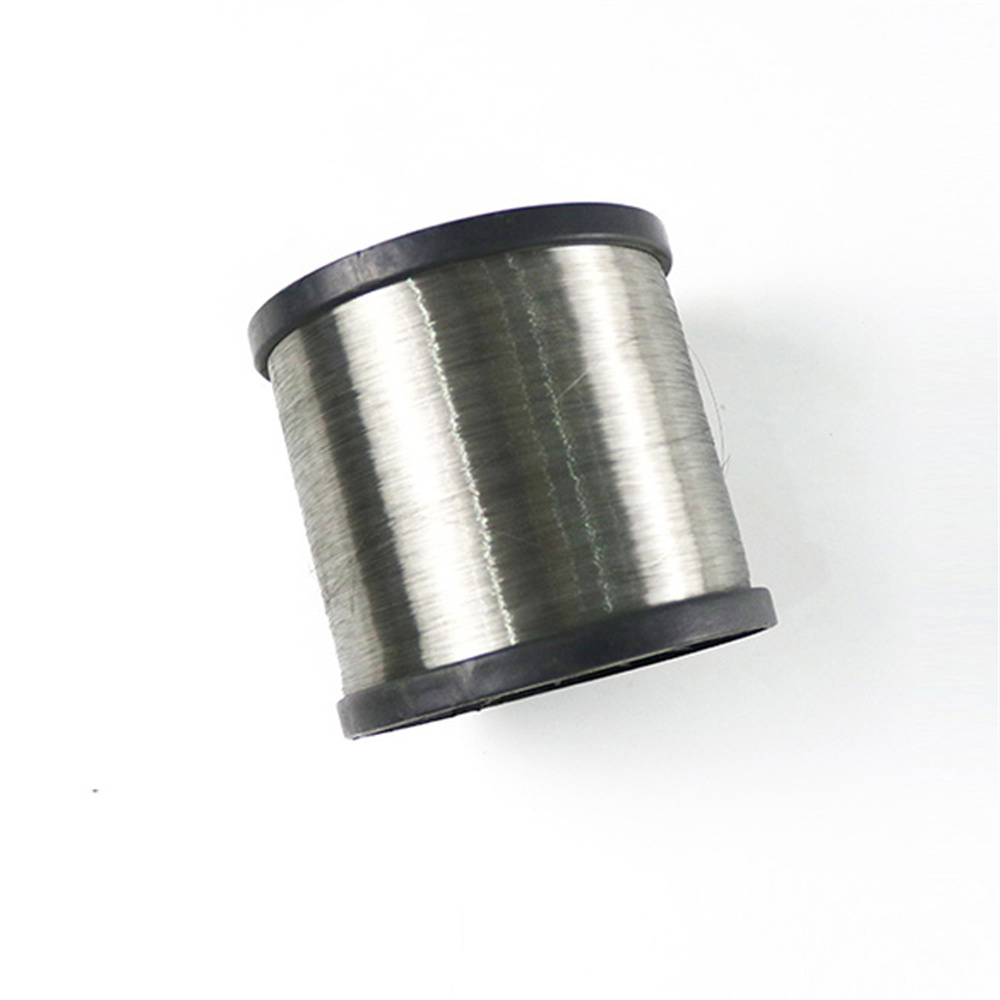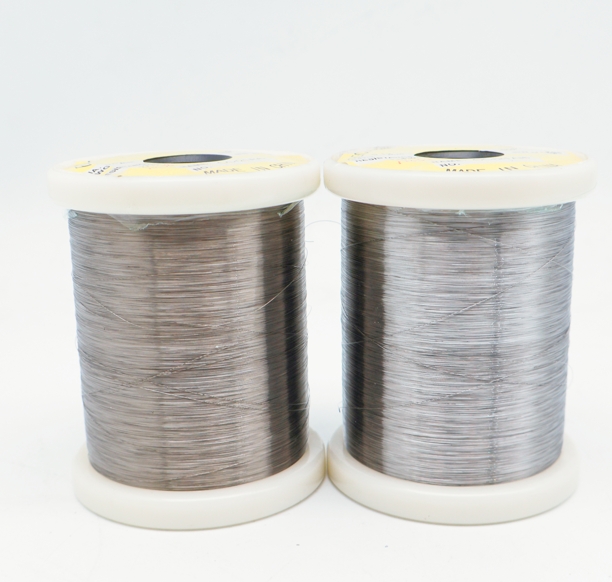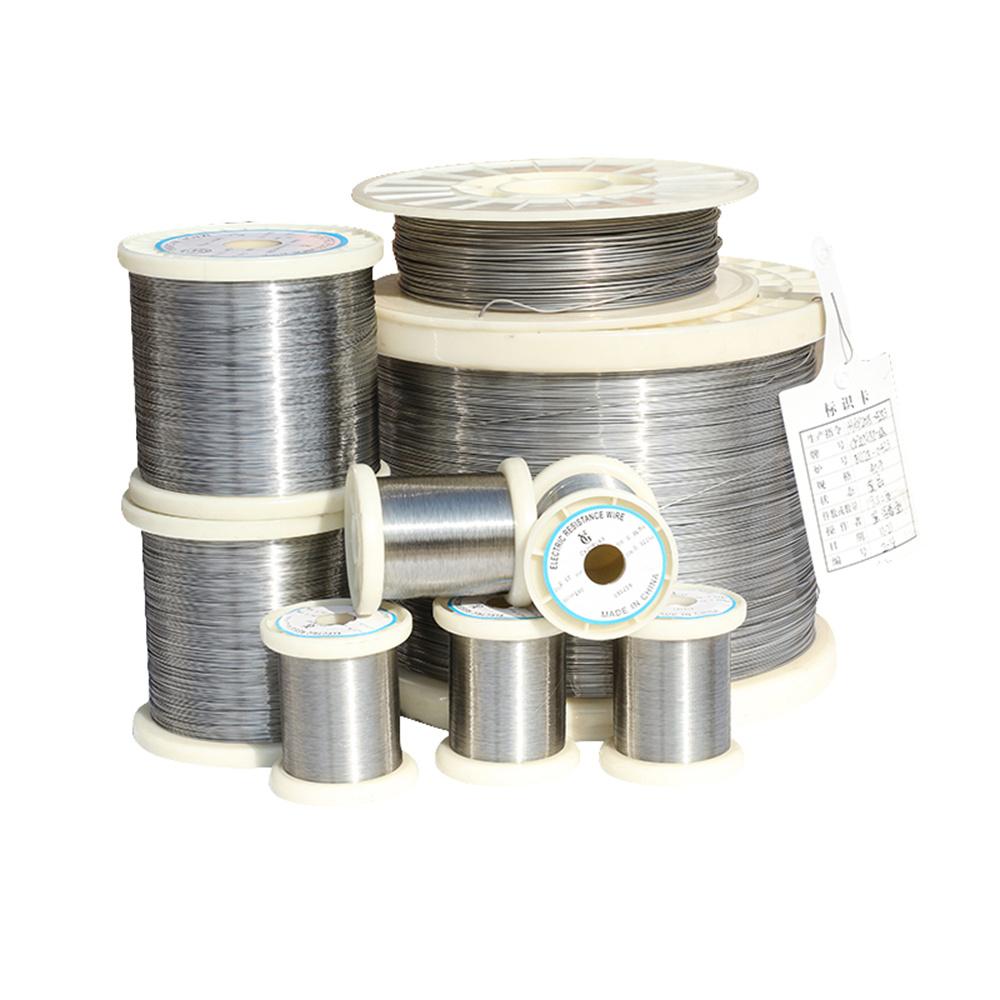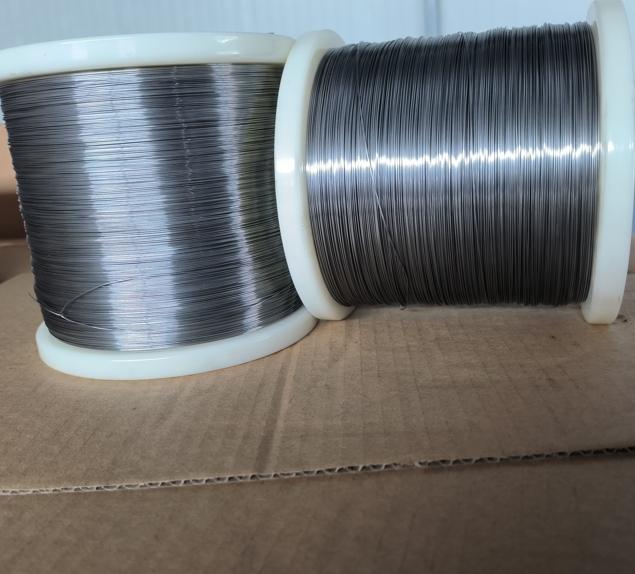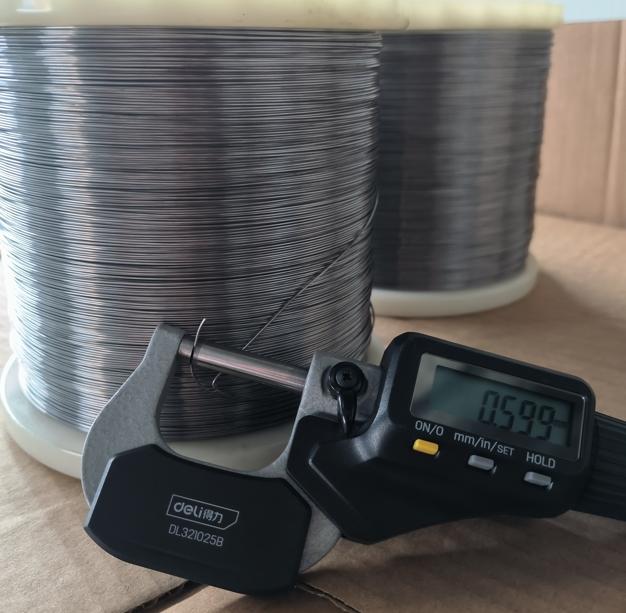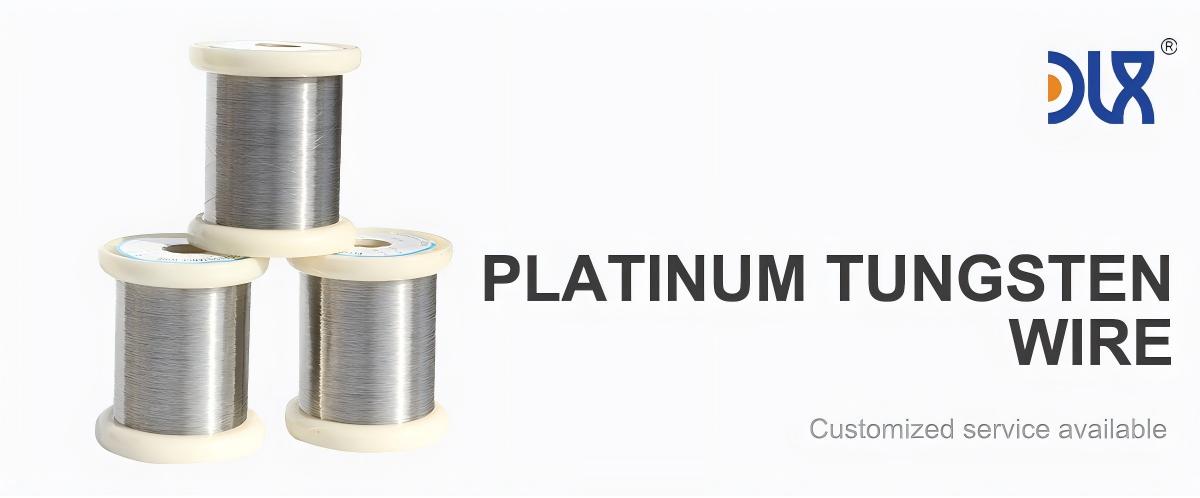
Our Corrosion-Resistant Platinum Tungsten Wire is a standout choice for chemical sensors that need to perform in the toughest environments. This high-performance alloy wire is built to handle corrosive chemicals, high temperatures, and demanding electrical requirements without missing a beat. With a blend of 90-95% platinum and 5-10% tungsten, it’s designed to deliver precision, durability, and reliability for applications like gas sensors and pH probes. We’re proud to offer a product that powers the next generation of chemical sensing, helping industries monitor and control processes with confidence.
For more details, pls directly contact us.
Let’s dive into what makes our platinum tungsten wire so special. It’s an alloy of mostly platinum—90-95%—with a touch of tungsten, around 5-10%, to boost its strength and durability. This combo gives it a tensile strength of 50-70 ksi and electrical conductivity of 15-20% IACS, making it perfect for sensors that need both mechanical toughness and reliable signal transmission. With a melting point around 1770°C, it stays stable in high-heat environments, like those found in industrial gas detection systems. Its corrosion resistance is top-notch, shrugging off acids, alkalis, and oxidative conditions that would degrade lesser materials. Whether it’s detecting toxic gases or measuring pH in harsh solutions, our wire keeps sensors running smoothly.
Platinum Tungsten Wire: Composition, Parameters, and Applications
| Category | Details |
|---|---|
| Composition | 90-95% Platinum (Pt), 5-10% Tungsten (W), meeting ASTM B684 standards |
| Parameters | |
| - Density (g/cm³) | 19.8-21.0 |
| - Tensile Strength (ksi) | 50-70 |
| - Electrical Conductivity (% IACS) | 15-20 |
| - Melting Point (°C) | ~1770 |
| - Corrosion Resistance | Excellent; resists oxidation, acids, and arc erosion |
| - Wear Resistance | High due to tungsten addition |
| - Temperature Range (°C) | Up to 1770 (stable in high-temperature environments) |
| - Diameter Range | Customizable, from ultra-fine (e.g., 0.01 mm) to thicker gauges (e.g., 1 mm) |
| Applications | |
| - Automotive | Spark plugs, ignition system contacts |
| - Aerospace | Relay contacts, avionics wiring |
| - Industrial | Circuit breakers, motor controls, high-frequency switching devices |
| - Renewable Energy | Solar panel connectors, wind turbine control systems |
| - Medical Devices | Precision contacts in diagnostic and surgical equipment |
| - Electronics | High-frequency circuits, IoT devices, telecommunications |
For more details, pls directly contact us.
Corrosion resistance is the heart of why our platinum tungsten wire shines in chemical sensors. It stands up to aggressive chemicals like sulfuric acid, hydrochloric acid, and even oxidative gases without corroding or losing performance. In real-world tests, our wire has endured over 12,000 hours in acidic environments with no measurable degradation, making it a go-to for electrochemical sensors and gas detection systems. It also resists pitting and surface wear, which is critical for maintaining sensor accuracy over time. If you’re searching for corrosion-resistant platinum tungsten wire for chemical sensors, you’re getting a material that ensures long-term reliability and reduces maintenance costs in challenging conditions.
The industry landscape is shifting fast, and our platinum tungsten wire is riding the wave of key trends. The global chemical sensor market is expected to grow at a 7-9% CAGR through 2030, driven by increasing demand for environmental monitoring, industrial automation, and smart sensor technologies. Regulations around emissions and workplace safety are getting stricter, pushing companies to invest in reliable sensors for real-time data. The rise of IoT and Industry 4.0 is also fueling demand for high-precision, durable sensor components that can integrate with connected systems. Our wire fits perfectly, offering the stability needed for continuous monitoring in harsh environments. Regions like North America, Europe, and Asia-Pacific are leading the charge, with heavy investments in chemical processing, environmental tech, and smart manufacturing.
When it comes to applications, our platinum tungsten wire is a versatile powerhouse. It’s a staple in gas sensors for detecting toxic or combustible gases like carbon monoxide or methane in industrial settings. In electrochemical sensors, it’s used for pH probes and ion-selective electrodes, where its corrosion resistance ensures accurate readings in acidic or alkaline solutions. Environmental monitoring systems rely on it for air and water quality sensors, handling everything from saltwater to industrial effluents. We’ve also supplied it for automotive emission sensors and medical diagnostics, where precision and reliability are critical. The wire’s customizable nature is a big plus—we can draw it to ultra-fine diameters for micro-sensors or provide thicker gauges for robust applications, all with polished surfaces for enhanced stability.
What sets our company apart is our relentless focus on quality and innovation. We produce our platinum tungsten wire with strict adherence to industry standards, using advanced alloy blending and drawing processes to ensure uniformity and performance. Every batch undergoes rigorous testing for conductivity, corrosion resistance, and mechanical strength, so you get a product you can trust. Compared to standard wires, our platinum tungsten wire offers superior wear resistance and longevity, thanks to our proprietary manufacturing techniques. We’re also committed to sustainability, using recycled platinum to reduce our environmental impact without compromising quality. Our customers love our flexibility—rapid prototyping, custom spooling, and just-in-time delivery keep your projects on track. Our team of materials experts is always ready to collaborate, whether you’re designing a new gas sensor or optimizing an industrial monitoring system.
Comparison Parameters Table
| Parameter | Platinum Tungsten Wire | Pure Platinum Wire | Stainless Steel 316 Wire |
|---|---|---|---|
| Composition | 90-95% Pt, 5-10% W | 100% Pt | 16-18% Cr, 10-14% Ni, 2-3% Mo |
| Density (g/cm³) | 19.8-21.0 | 21.45 | 8.0 |
| Tensile Strength (ksi) | 50-70 | 18-25 | 75-90 |
| Electrical Conductivity (% IACS) | 15-20 | 16-18 | 2-3 |
| Corrosion Resistance | Excellent; resists acids, alkalis, oxidation | Excellent; less durable under wear | Moderate; prone to pitting |
| Melting Point (°C) | ~1770 | 1768 | ~1370 |
| Wear Resistance | High due to tungsten | Moderate | Moderate |
| Cost Factor | High due to platinum | Very high | Low |
| Typical Applications | Chemical sensors, gas detection | Medical sensors, electrodes | General industrial, non-sensor |
The advantages of our platinum tungsten wire are hard to beat. Its corrosion resistance in harsh chemical environments is unmatched, often outlasting stainless steel by a factor of three in aggressive conditions. The tungsten addition gives it a strength edge over pure platinum, ensuring it can handle mechanical stresses without losing conductivity. We’ve helped clients cut sensor recalibration needs by 25% by switching to our wire for critical applications like pH probes. With trends leaning toward smarter, more connected sensor systems, our wire is ready to support the future, from environm
For more details, pls directly contact us.
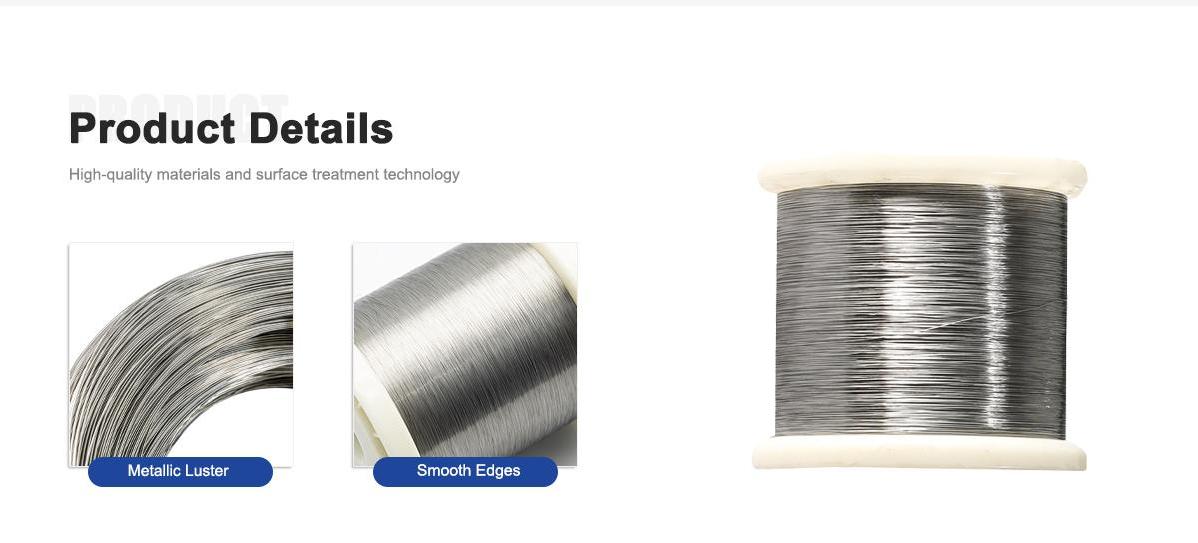
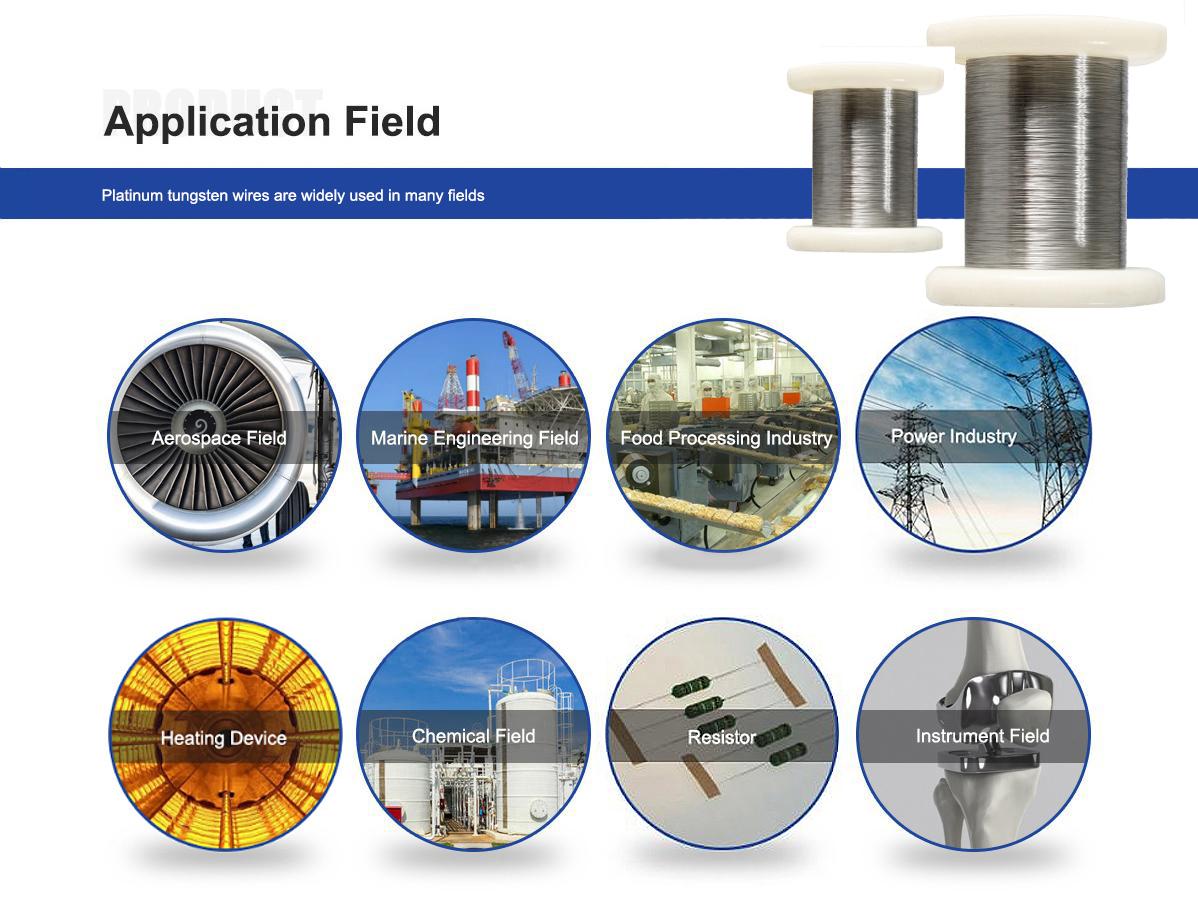
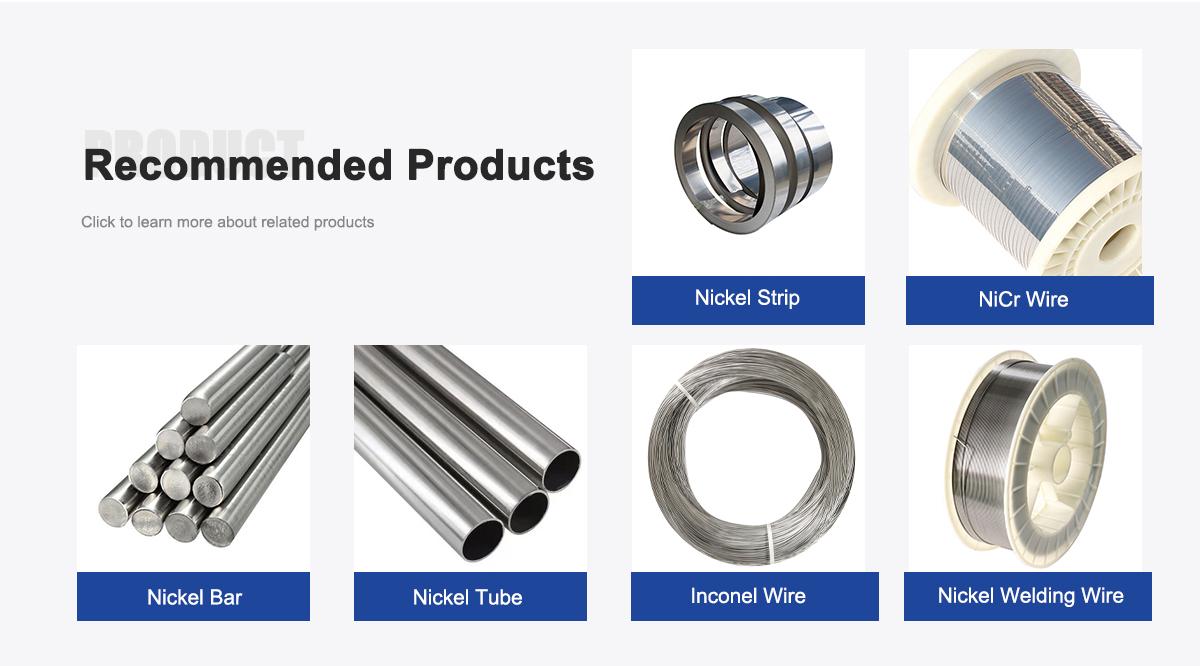
About Us:
Our 12,000㎡ factory is equipped with complete capabilities for research, production, testing, and packaging. We strictly adhere to ISO 9001 standards in our production processes, with an annual output of 1,200 tons. This ensures that we meet both quantity and quality demands. Furthermore, all products undergo rigorous simulated environment testing including high temperature, high pressure, and corrosion tests before being dispatched, ensuring they meet customer specifications.
For all our clients, we offer timely and multilingual after-sales support and technical consulting, helping you resolve any issues swiftly and efficiently.
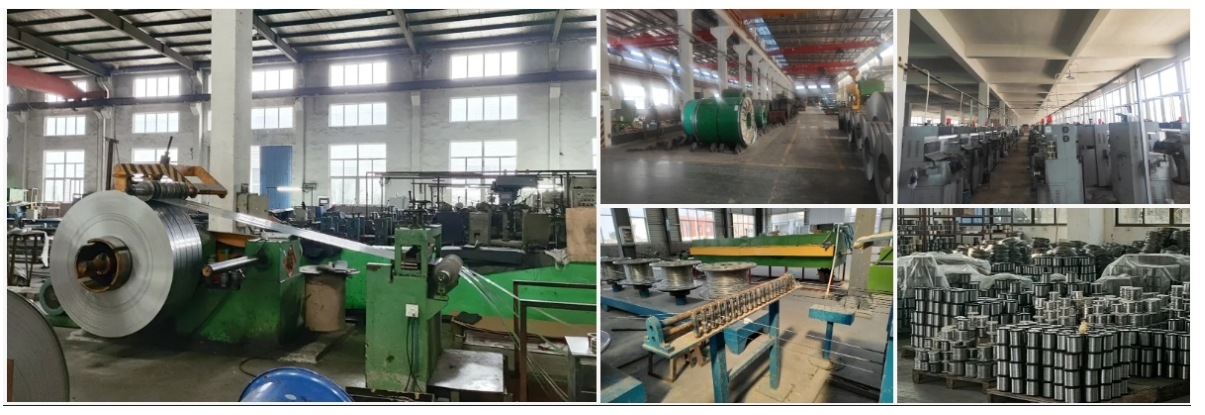
Client Visits
Building Stronger Partnerships
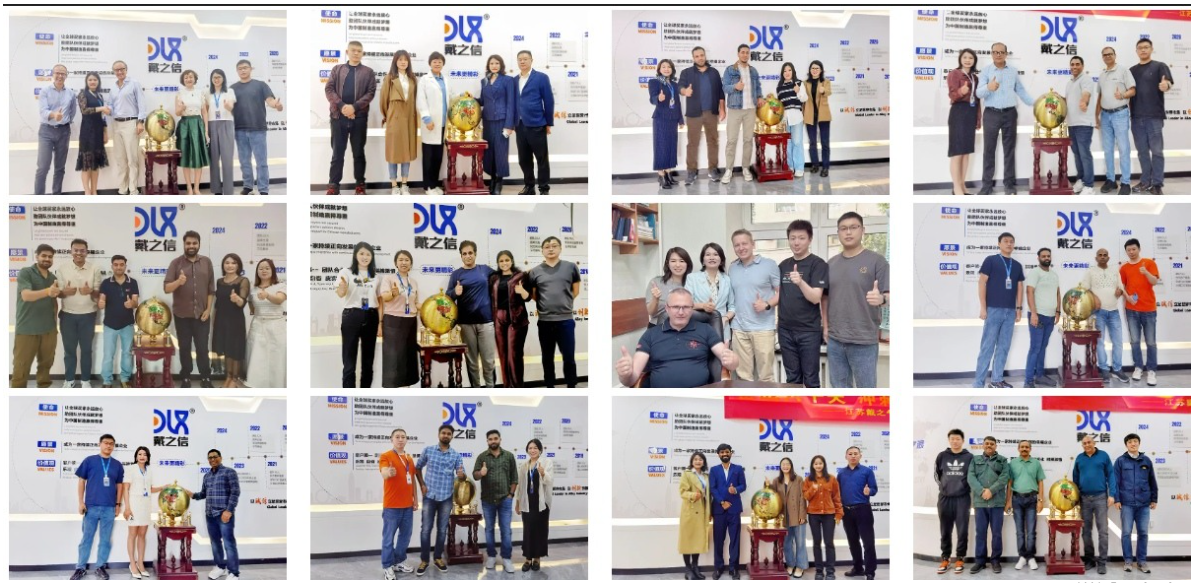
We support all kinds of testing:

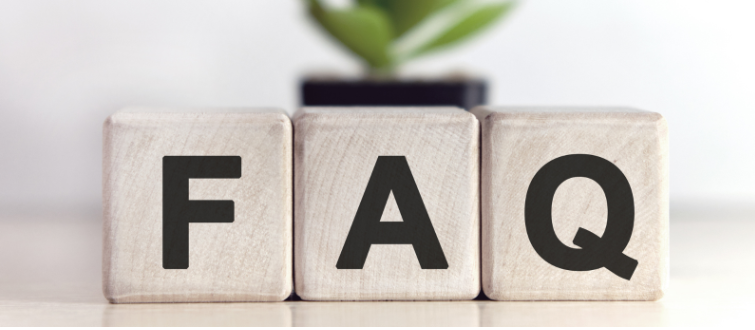
FAQs
-
What is the composition of corrosion-resistant platinum tungsten wire?
It’s an alloy of 90-95% platinum and 5-10% tungsten, optimized for chemical sensor applications. -
What are the key properties of this wire?
It offers high corrosion resistance, electrical conductivity (15-20% IACS), tensile strength (50-70 ksi), and stability up to 1770°C. -
What chemical sensor applications use this wire?
It’s used in gas sensors, pH probes, and electrochemical sensors for its reliability in corrosive environments. -
How does the wire perform in harsh chemical conditions?
It resists acids, alkalis, and oxidative environments, ensuring stable performance in aggressive chemical settings. -
What industry trends are driving demand for this wire?
Growth in environmental monitoring, industrial automation, and smart sensors is increasing its use in chemical sensing. -
Is this wire suitable for high-precision sensor applications?
Yes, its fine diameter control and high conductivity make it ideal for precise, sensitive sensor components. -
How is the wire processed for sensor applications?
It’s drawn to ultra-fine diameters, annealed for flexibility, and polished for enhanced surface stability. -
What makes platinum tungsten wire better than pure platinum for sensors?
The tungsten addition enhances strength and wear resistance while maintaining platinum’s corrosion resistance and conductivity.

